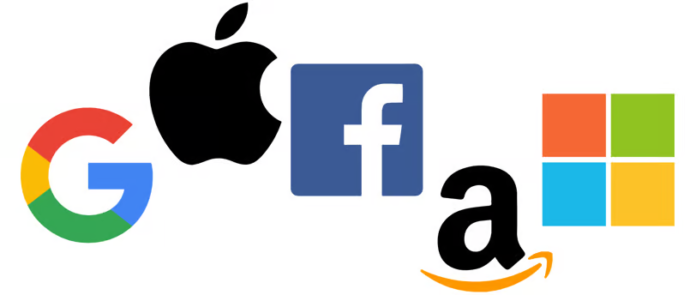
Adidas is a well-known sportswear brand that has become a household name over the years. However, the company’s success has not come easy, and it’s taken years of hard work, strategic planning, and innovative branding tactics to get where they are today.
Background
Adidas was founded in 1949 by Adi Dassler in Germany. The brand started as a small company that produced sports shoes and equipment. Today, Adidas is a multinational corporation with operations in more than 160 countries, and is the second-largest sportswear manufacturer in the world, behind Nike.
Adidas’ branding strategy has been instrumental in its growth and success. The company has consistently used its brand to differentiate itself from its competitors and build a loyal following of customers. Here are some of the key components of Adidas’ branding strategy:
- Authenticity
One of the key elements of Adidas’ branding strategy is authenticity. Adidas has always been a brand that has stayed true to its roots and heritage. The company’s founder, Adi Dassler, was a sportsman himself, and this passion for sports has been passed down through the generations of the company.
Adidas has consistently used this authenticity to connect with its customers. For example, the brand has collaborated with famous athletes such as Lionel Messi and David Beckham and has also sponsored major sporting events like the World Cup and the Olympics. These partnerships have helped to cement Adidas’ status as an authentic and credible sports brand.
- Innovation
Another key element of Adidas’ branding strategy is innovation. The company has always been at the forefront of technology and has used this to create cutting-edge products that appeal to consumers.
For example, Adidas was one of the first companies to use recycled materials in its products. The company also developed Boost technology, a cushioning system that is used in many of its running shoes. Adidas has also used 3D printing to create customized shoes for athletes, demonstrating its commitment to innovation and technology.
- Sustainability
Sustainability is another important element of Adidas’ branding strategy. The company has made a commitment to reduce its environmental footprint and has set ambitious targets to achieve this.
For example, Adidas has committed to using only recycled polyester in all of its products by 2024. The company has also implemented a number of initiatives to reduce waste, such as using waterless dyeing processes and creating products made from recycled ocean plastics.
Implementation
Adidas’ branding strategy has been implemented in a number of ways. Here are some of the key tactics the company has used to build its brand:
- Influencer marketing
Adidas has collaborated with a number of influencers and celebrities to promote its products. For example, the company has worked with Kanye West to create the Yeezy line of shoes, which has been hugely popular with consumers.
Adidas has also worked with famous athletes such as James Harden and Damian Lillard to create signature shoe lines. These partnerships have helped to build buzz around Adidas’ products and generate interest among consumers.
- Social media
Adidas has a strong presence on social media, and the company uses these platforms to connect with its customers and build its brand. The company has more than 25 million followers on Instagram and uses this platform to showcase its products and collaborations with influencers and athletes.
Adidas also uses social media to promote its sustainability initiatives and showcase its commitment to reducing its environmental footprint. This has helped to build a positive image for the brand among consumers who are increasingly concerned about the impact of their purchasing decisions on the environment.
- Product design
Adidas’ commitment to innovation is evident in its product design. The company has consistently created cutting-edge products that appeal to consumers. Adidas has invested heavily in research and development to create products that are not only stylish but also functional.
For example, Adidas’ Boost technology, which uses tiny foam pellets to create cushioning in running shoes, has been a major selling point for the company. The technology has been used in a variety of shoes, from running shoes to basketball shoes, and has helped to differentiate Adidas from its competitors.
Adidas has also embraced customization, offering customers the ability to design their own shoes using 3D printing technology. This has been a popular feature among consumers, who appreciate the ability to create a unique product that reflects their personal style.
- Sponsorships
Adidas has been a major sponsor of sporting events and teams around the world. The company’s sponsorship of major events such as the World Cup and the Olympics has helped to build its brand on a global scale.
Adidas has also sponsored a number of high-profile athletes and teams, including Lionel Messi, James Harden, and Manchester United. These partnerships have helped to build buzz around Adidas’ products and generate interest among consumers.
Through its commitment to authenticity, innovation, and sustainability, Adidas has differentiated itself from its competitors and built a loyal following of customers. The company’s focus on product design and customization has also helped to build a strong connection with consumers who appreciate high-quality, unique products.
As Adidas continues to grow and expand, it will be interesting to see how the company evolves its branding strategy to stay ahead of the curve and continue to build its brand on a global scale.
Want to learn more about the latest branding strategies and market trends from top global brands? Visit World Brand Affairs today and gain access to our cutting-edge market research and insights. Join our community of industry experts and stay ahead of the competition!

